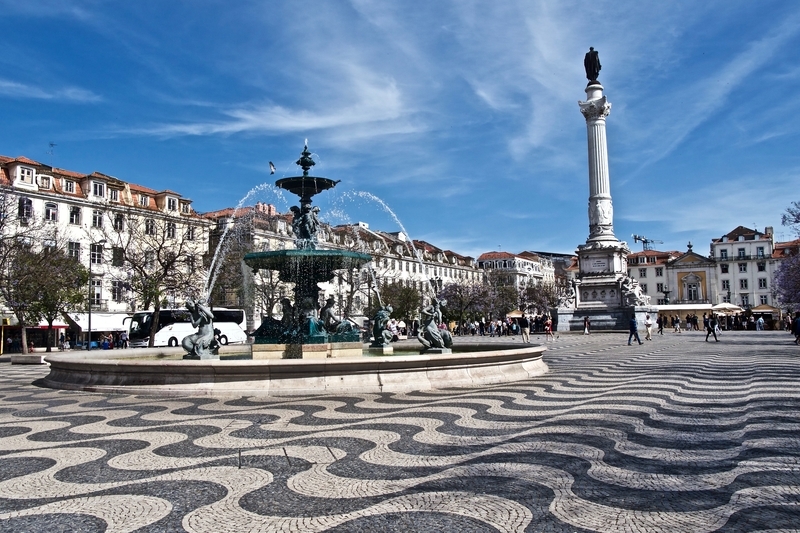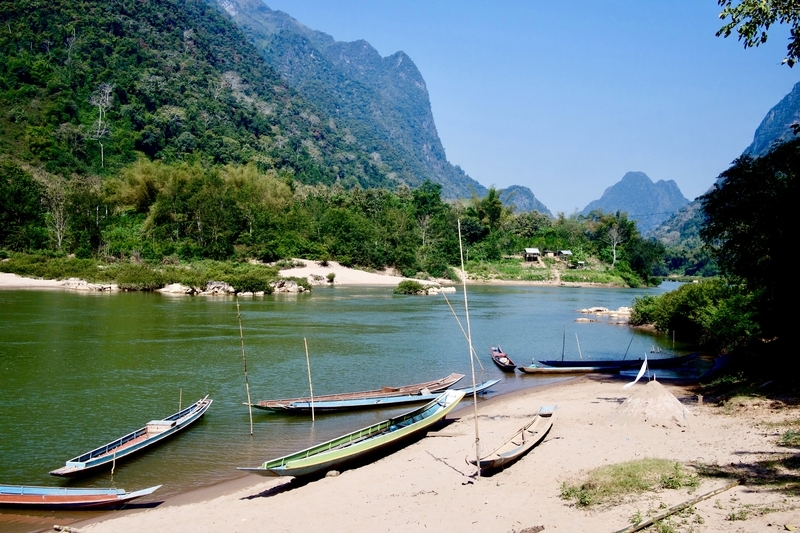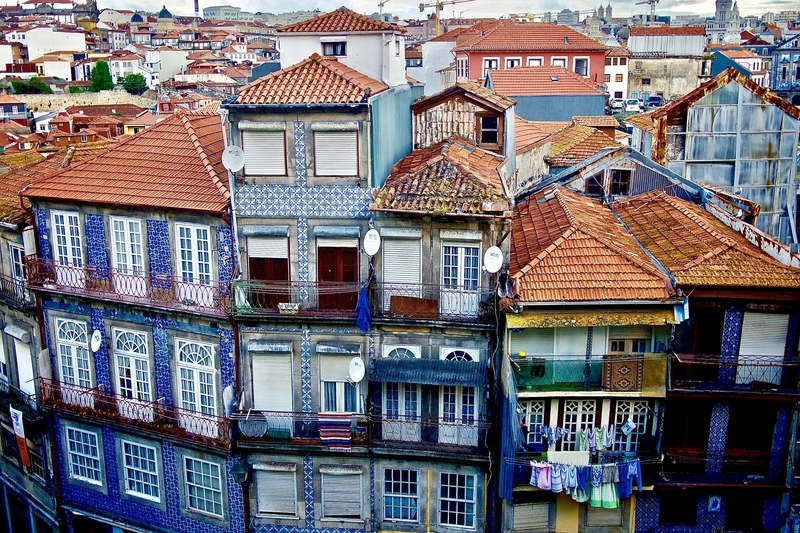
Porto and the Douro River Valley
At first glance, the city of Porto in northern Portugal is poorer, dirtier and grittier than Europe’s other popular metropolitan areas. Outside its touristy downtown, once-bustling storefronts lie boarded up and vacant due to years of stagnant economic growth. Its tightly stacked houses lay half crumbling, swallowed by overgrown vines and invasive weeds.
But Porto’s charm lies in its faded colors, its peeling paint and its chipped azujuelo tiles. The hardworking city may be less cosmopolitan than Lisbon, but it is no less charming. Its walkable center is crammed with uneven cobbled streets, red-roofed buildings and balconies adorned with flowerpots and airing laundry. The city’s tightly-packed houses are pieced together like the pattern on a well-worn quilt, their tiled facades aged perfectly like a glass of sweet port wine.
It is a photographer’s paradise; an artists dream.

I stayed at the Porto Spot Hostel during my two days in Porto. The centrally located accommodation is one of Porto’s best hostels and offers clean and comfortable beds for a reasonable price.
Exploring the Best of Porto in one Day
I spent the following day in Porto savoring the charms of Portugal’s beloved second city. Starting at the Sao Bento Station in the center of town, I slowly uncovered Porto’s most important highlights.
-
Sao Bento Train Station
The Sao Bento Train Station is Porto’s main railway station. But the transportation hub in downtown Porto does more than shuttle people back and forth between the surrounding towns. With its 20,000 magnificent azulejo tiles, the Sao Bento Station is a destination in itself. The tiled artwork adorning the station depicts Portugal’s royal families, its wartime battles and its transportation history.
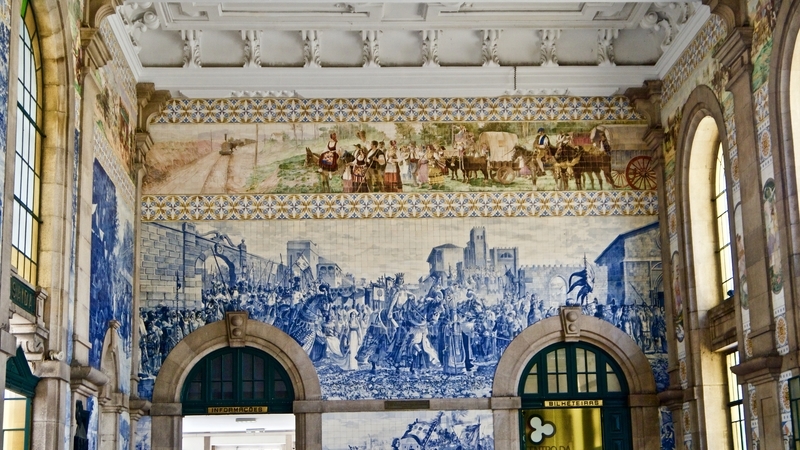
-
Ribeira District
From the Sao Bento Station, I walked down to the UNESCO-recognized Ribeira district.
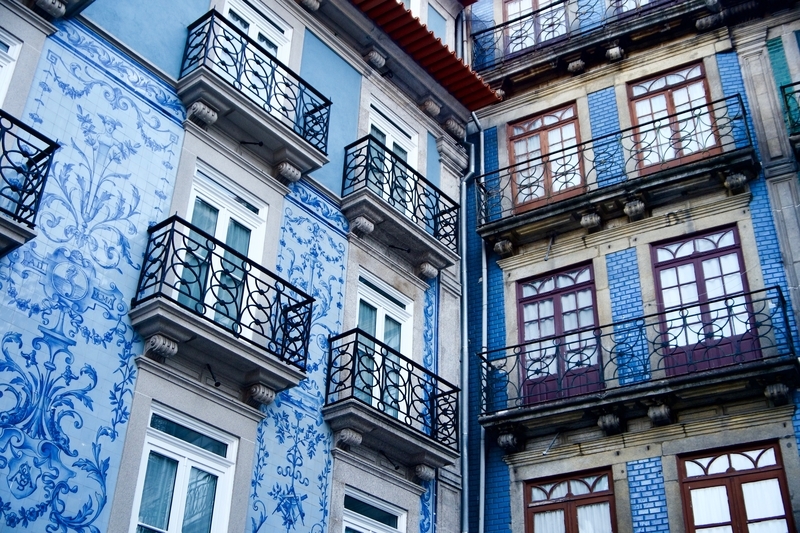
Wth its photogenic setting at the quayside, well-preserved colorful houses overlooking the river and bustling outdoor plazas and cafes, the Ribeira district is the heart and soul of Porto.
-
Dom Luis I Bridge
Connecting the Ribeira district to the wine cellar district of Nova Gaia, is an impressive double-decker arch bridge. A walk along the bridge offers some of the most beautiful views in Porto.
At its construction, the bridge’s 172 meter span was the longest of its type in the world.
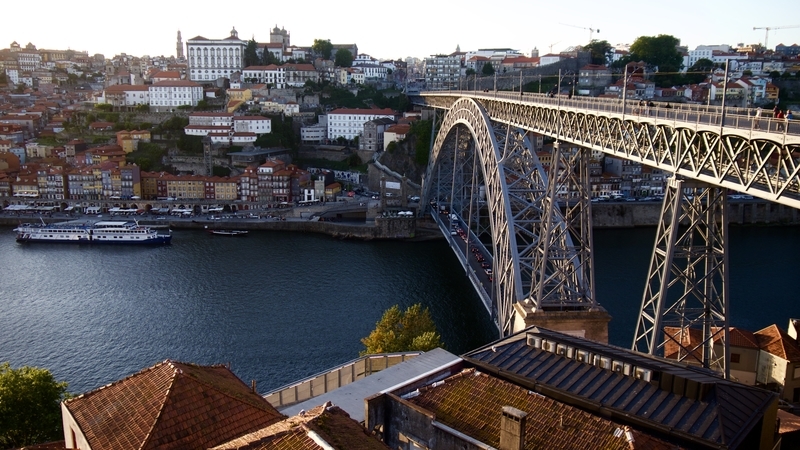
From the riverfront, I made my way up the city’s steep hills–past the Igreja de San Francisco and the Palacio da Bolsa–to the Clérigos Tower.
-
The Clérigos Tower
Built in the 18th century, the Clérigos Tower is a major baroque building that was once the tallest in Portugal. Today, the area surrounding the tower is home to souvenir shops, gardens and pleasant bars and cafes. It is a wonderful place to stop for a drink, a bite to eat or a quick rest after tackling the city’s strenuous uphill streets.
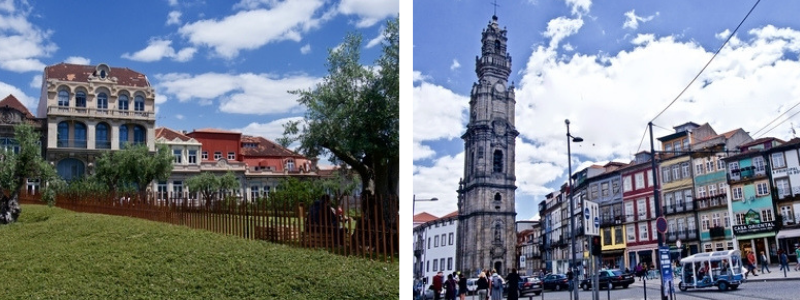
-
The World’s Best Francesinha in Porto
In addition to its world-renowned wine, Porto has a strong culinary tradition. Its signature dish is the Francesinha–a meat and cheese sandwich that oozes with a secret special sauce made from tomatoes and beer. The Bufete Fase on Porto’s popular Santa Caterina Street claims the best Francesinhas in Porto (and thus, the world).

Stopping by for a meat-loaded, cheese-drenched sandwich is a must when visiting the area.
Day Trip to the Douro River Valley
Heeding the advice of my hostel’s staff, I spent the following day on a scenic train ride through the Douro River Valley, Portugal’s world-renowned wine region.
A popular day trip from Porto, Portugal’s Alto Douro Region has produced wine for nearly two thousand years—its valleys and hills chiseled away over time to produce world-class reds and tawny port.
This long viticultural tradition has resulted in a UNESCO-recognized cultural landscape of outstanding natural and manmade beauty.
Both the engineering of the landscape and the cultural history of the region, are fascinating.
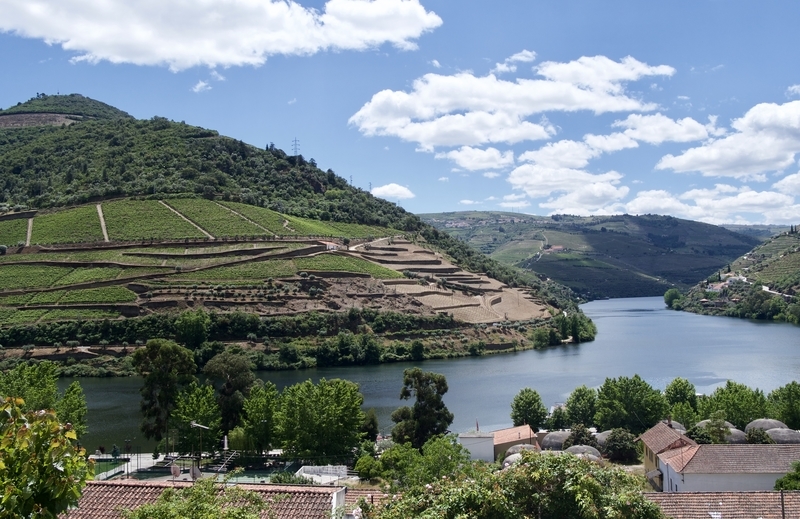
The railway tracks from Porto to Pocinho follow the Douro River Valley for three hours. Along the way, they pass quaint towns, terraced mountainsides and azujuelo-adorned stations.
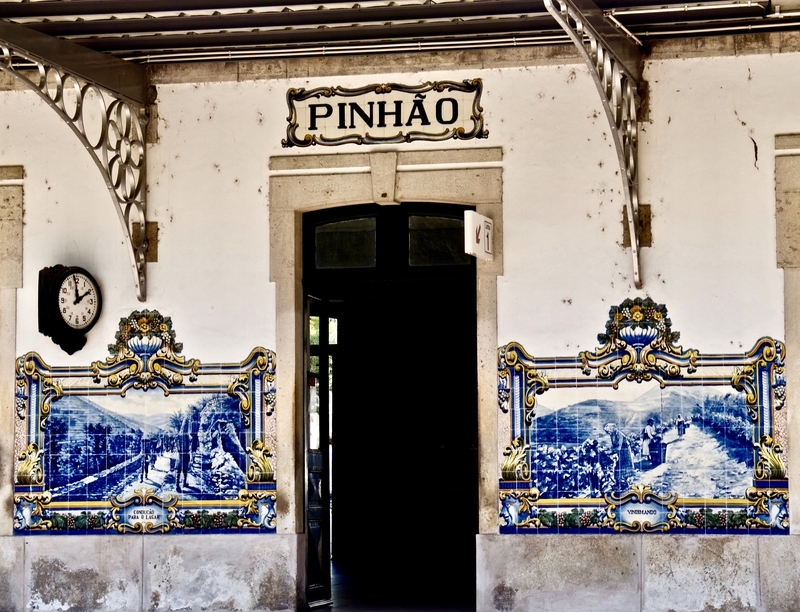
The train ride along the Douro River Valley isn’t about a particular destination, per se. For there isn’t really anything to do or see in Pocinho itself. But the scenery along the way–especially during the second two hours of the ride– is nothing short of idyllic.
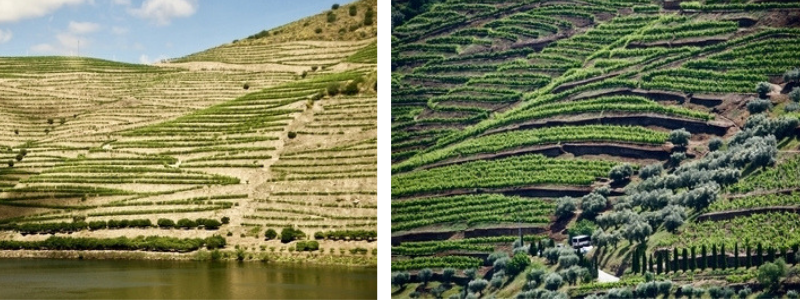
***
Porto is a beautiful and vibrant town that is brimming with picturesque views and old-world charms.
When I close my eyes and remember Porto, I don’t see the royal palaces, the wide avenues or the grandiose cathedrals of Europe’s other popular cities. I don’t see landmark attractions of international renown. Nor do I see the architectural richness of places like Paris or Florence. The city is neither regal nor royal. It is neither grand nor glamorous.
But Porto has the kind of magnetism that woos travelers with its quaint nooks, its artsy crannies, its rich culinary tradition, its sweet port wine and its uniform red-tiled roofs. With its delectable pastry shops, its fairytale buildings, its surrounding wine country and its unbeatable prices, it is easy to see why Porto consistently receives recognition as one of the best value destinations in Europe.
